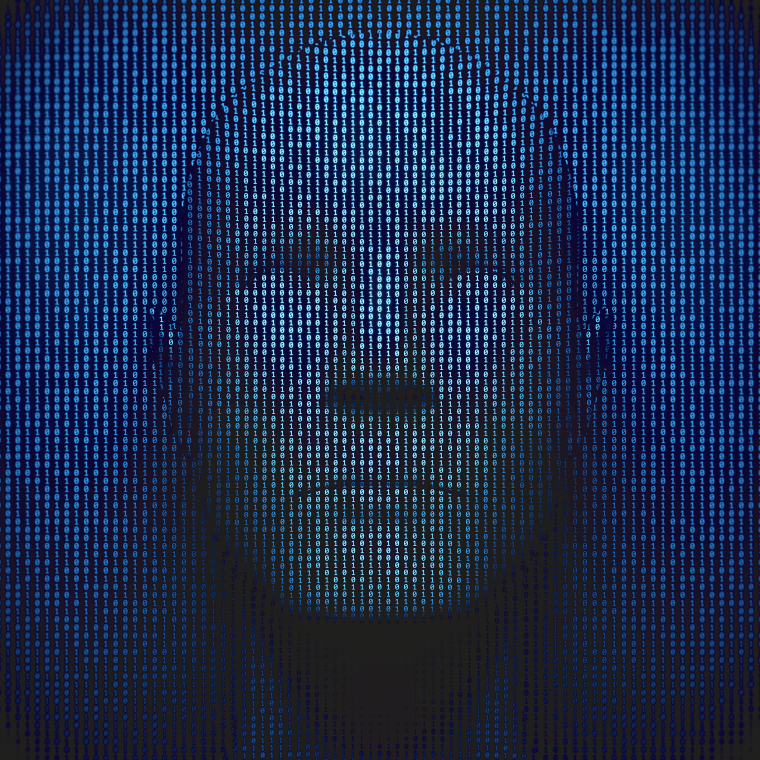Is the universe real? Or are all the stars and planets (including Earth and everything and everyone on it) just simulations in some colossal video game? What sounds like a silly question is actually one that some scientists have begun to take seriously.
It’s hard to come up with a way to tell for sure whether we’re simulated beings living in a simulated universe. But the ancient story of the king and the chessboard may shed some light on the matter.
In the story, a craftsman requests payment from the king in grain, starting with but a single piece placed on one square of the chessboard, and for twice as much grain each day until all the squares are filled. Day two has two grains, day three has four, day four has eight…and then 16, 32, 64, 128 to finish the first row. To the king’s dismay, the payment on the 64th and final square amounted to more than 18 quintillion grains. That’s enough to make a pile of grain extending up past Proxima Centauri, the nearest star outside our solar system.
Related: The 5 Biggest Questions About the Universe
Something similar — and more closely tied to the question at hand — can be seen with Moore’s Law, which holds that the capacity of a computer chip doubles every two years or so. The law (actually an observation first made by Intel co-founder Gordon Moore back in the 1960s) has been consistently accurate for decades. If that continues into the distant future, at some point — perhaps within centuries — microchips might become so powerful that the video games that use them can simulate not just the simple scenarios seen in today’s games, but something as complex as the entire cosmos.
Microchips might become so powerful they can simulate something as complex as the cosmos.
From here, it’s not difficult to argue that we might all exist within a video game being played by something of intelligence far more advanced than our own. We’re used to intelligence being in physical bodies, but as I’ve written about elsewhere, Fred Hoyle's 1957 novel "The Black Cloud" imagines an interstellar cloud made largely of electrons that has intelligence. So just what form this game-playing superintelligence might take is something we can’t yet fathom.
Let’s assume we are simulated beings living in a simulated universe. Should we worry that we’re being controlled by some superkid's fingertips? If we’re left alone, why should we? So the question becomes: Would we be left alone? Perhaps our superintelligent controller would choose to test us — for example, by gradually increasing the level of carbon dioxide in our simulated atmosphere. Is it possible that this explains our global warming problem?
Related: Are Humans the Real Ancient Aliens?
Another intriguing possibility is that we exist within in one of multiple games going on in parallel — essentially a version of the “multiverse” concept that has enthralled some cosmologists. My point is that if our extension of Moore’s Law suggests that it might eventually be possible to simulate one universe, surely that must make it possible to create alternative universes.
Are there really multiple universes out there, each with its own distinct physical characteristics? Lord Rees of Ludlow, England’s Astronomer Royal, has written a book entitled "Just Six Numbers" that lists a few basic parameters that control our universe. One of these is what scientists call the “fine structure constant,” which governs how atoms are put together (and which is being tested by astronomers who study quasars, the brightest and among the farthest objects in the universe).
If any of these parameters were different, we wouldn't have evolved a sun and an Earth that has lasted long enough — 5 billion years so far — for our kind of intelligent life to exist. In fact, without the right parameters, the planets and stars that make up our universe might never have formed.
Then we must consider the question of life itself. Cosmologists talk of the anthropic principle: the notion that our universe is hospitable to life only because we are here. After all, if the universe weren’t hospitable to life (whatever it is), then we wouldn't be here to ponder the question. If we’re in a simulation, we must be in one of the versions that is detailed enough and lasts long enough to allow the existence of our kinds of life.
Related: How Computers Are Learning to Predict the Future
Another work of fiction that relates to our discussion is Mark Twain’s "Extract from Captain Stormfield's Visit to Heaven." In this story, Twain describes a spaceship that races with a comet to arrive at a part of heaven that is not the normal location. He shows succinctly just how pedestrian our ideas are of our location in the universe really are.
And scientists have done essentially the same thing with their research.
In the 16th century, Copernicus correctly took Earth out of the center of the universe with the publication of his book “On the Revolutions of the Celestial Spheres.” In the 20th Century, Harlow Shapley used the Mt. Wilson Observatory’s 100-inch telescope in California to take the sun out of the center of our Milky Way galaxy (by noticing that almost all the globular clusters were off to one side of our view), and Edwin Hubble used the same telescope to take our galaxy out of a special place in the universe (by using Henrietta Leavitt's discovery that the brighter examples of a certain rare type of variable star took longer to go through its cycle than dimmer ones).

More recently, we’ve learned that the very matter we’re made of is only about 5 percent of everything there is; most of the universe is made of dark matter and dark energy (some of my research decades ago found approximately that 5 percent number, though we didn't know to invoke dark energy and dark matter for the other 95 percent).
And last year we discovered that electromagnetic radiation — gamma rays, x-rays, ultraviolet, visible light, infrared, and radio waves — is not the only way we can interact with distant parts of space. As was announced about a year ago, the Laser Interferometer Gravitational Wave Observatory (LIGO) detected gravitational waves, tiny wiggles in space-time that in this case traveled across a vast distance to show the merger of two black holes more a billion years ago.
Related: 11 Surprising Predictions From Some Top Names in Science
If the 20th century astronomical discoveries and the epochal discovery of gravitational waves in the early 21st century revolutionized our ideas about the universe in a mere hundred years, we can hardly imagine what intelligent beings might be capable of a thousand or a million years in the future.
So could we really be simulated beings living in a simulated universe? I don’t see why not.
Dr. Jay Pasachoff is Field Memorial Professor of Astronomy at Williams College and a Visitor in the Planetary Sciences Department of Caltech. He is author of the Peterson Field Guide to the Stars and Planets and coauthor of the college-survey textbook "The Cosmos." A veteran of 64 solar eclipses, he is working on science and outreach for this summer’s August 21 total solar eclipse that will cross the continental US.
For more of the breakthroughs changing our lives, follow NBC MACH.

